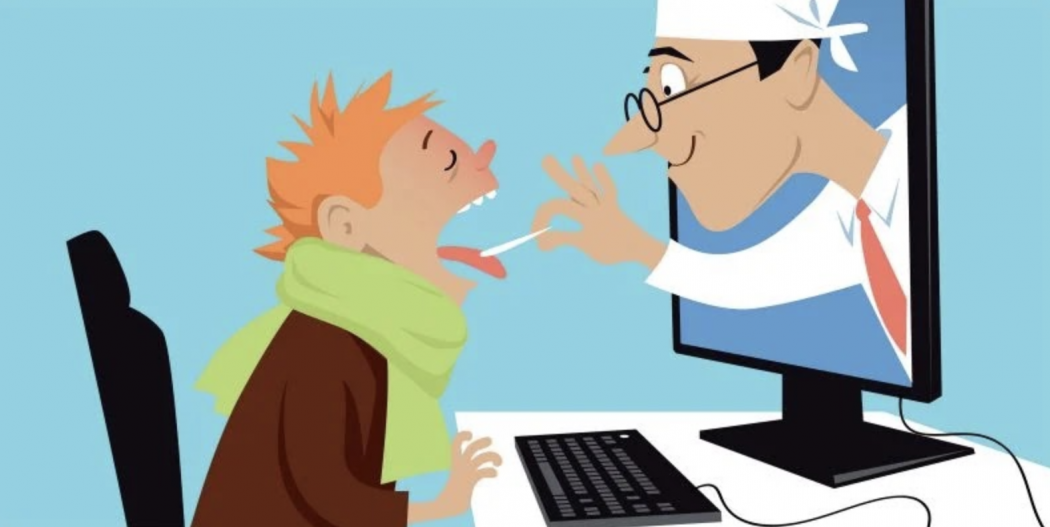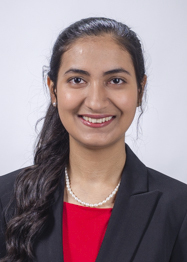Clinical rotations came to an abrupt halt around mid-March. My peer cohort and I had just completed 4 weeks of the rotation, with 4 more left to go before our third year was to come to an end. We were quickly transitioned to a virtual curriculum, and soon after, our fourth year was also off to a virtual start. Unlike most in my class, I had a unique opportunity to tread the waters of telemedicine, and this was the closest experience to being out in the clinical environment.
Aside from not being in the same room physically and the inability to conduct a physical exam, most other aspects of the encounter remained the same. Just as if I were in the clinic, I had the opportunity to interview the patient and obtain a full history to try and come up with a diagnosis and plan on my own before discussing with the attending. This is nearly impossible to emulate with simulation or case-based learning since virtual visits with an actual patient require a certain level of thinking on one’s feet in real-time. While the aspect of the physical exam—albeit a necessary skill for students to be able to practice—was lost in the encounter, this factor of adaptability was necessary with the situation of the pandemic at that time. In terms of the teaching experience, each of the faculty I worked with took the time to debrief with me afterwards to discuss relevant parts of cases and emphasize key learning points throughout the rotation. Additionally, the flexibility of telemedicine shed light on some of the pre-existing barriers to care within our current model of healthcare.
With or without a pandemic, access to healthcare in both rural and urban underserved areas of the country is limited for a number of reasons: chronic shortage of medical staff, social/structural determinants of health, and many others. With regards to shortage of medical staff, not only is this an issue in terms of numbers but also an issue of proportion, with maldistribution of medical staff in critical areas of need. In terms of the social and structural determinants of health, barriers include access to reliable transportation, obtaining leave from work, and long wait times, among others.
In this way, telemedicine helps address a number of these factors by bringing the medical staff directly (or virtually) to the patients, regardless of where either is located. From my experience, I encountered patients in the comfort of their homes as well as out on the job, allowing me a glimpse into their lives. Moreover, I saw a wide range of “chief complaints” be managed without the need for the patient to come into the clinic for the visit. Rather, when the need for the measurement of a marker of health such as blood pressure, EKG, or lab work arised, patients were advised to come into the clinic on a walk-in basis, per their convenience. As such, with the advent of electronic prescriptions, medications were easily and quickly sent to the patient’s pharmacy of choice to pick up, again per their convenience. As mentioned, virtual visits are not conducive to a physical exam, which help to provide a more complete clinical picture; however, a majority of the time, we were able to make do with the information gathered via the virtual visit and if additional examination was required, we then proceeded to schedule the patient for an in-person visit.
All said and done, most of the time telemedicine works great. However, certain issues do arise along the way, some of which are modifiable, while others are not. It is important to recognize that telemedicine is heavily reliant on technology, and as such patients are required to have a certain level of technology literacy. A phone is a must for the encounter, and fortunately most patients had a phone or other device with camera capabilities, which also allowed for video conferencing. Despite this, a common issue during visits was a result of poor or unstable internet connection. Often, the audio would go in and out making it difficult to communicate effectively with the patient. In troubleshooting this issue, we found a solution of turning off the video to reduce the load of the connection which helped make the audio much more clear. For patients encountering difficulty connecting to one video conferencing software, such as Zoom, we were able to quickly switch over to another, Doximity. And if nothing else worked, we were able to simply call the patient. However, just like there are “no-shows” for in-person appointments, there were times when the patient was unreachable or may not have answered an unrecognizable number. In an effort to overcome this, office staff try to contact the patient the day before or earlier on the day of the appointment to confirm that the patient is reachable.
I couldn’t have asked for a better experience on my telemedicine rotation. The virtual nature of the rotation afforded me the opportunity to get to know patients across Northern Arizona in Flagstaff, Show Low, and Kingman and even allowed me to see a glimpse of their cities and homes via video call. My patients were grateful to have me lend a listening ear, and for me, forming a connection with patients is what drives my passion for medicine. Telemedicine will continue to become more and more robust in the ever-evolving clinical landscape, and I foresee this being an integral skill in medicine moving forward.
Pareena Kaur is a member of the class of 2021 at the University of Arizona College of Medicine - Phoenix. She is originally from India, but spent her childhood between Arizona and Canada. She graduated from the University of Arizona in 2017 with a Bachelor’s degree in Physiology and minors in French and Neuroscience. In her free time, Pareena enjoys spending time with friends and family, traveling, and dancing. She is a big foodie, and Indian street food is her favorite!


